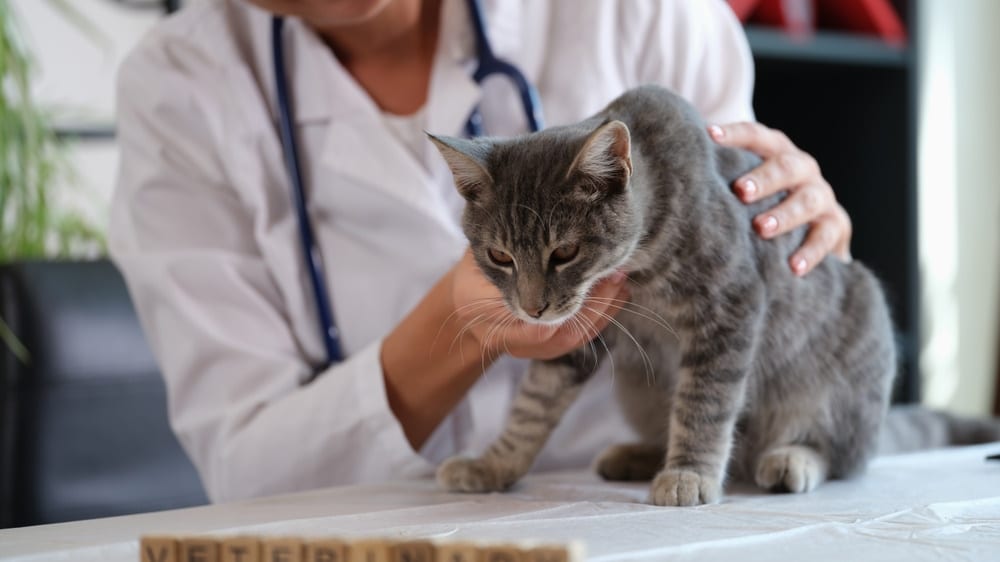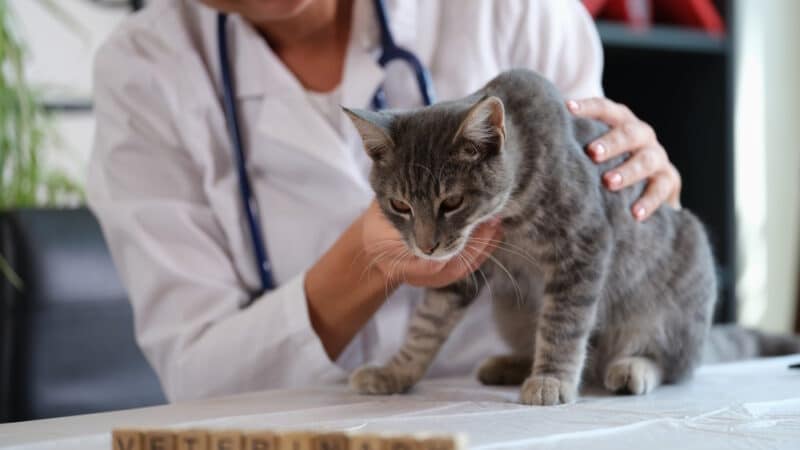Click to Skip Ahead
When we are in trouble, emergency services are only a phone call away. But things happen to people’s pets daily that require veterinary attention. So, if your cat is choking on an object or has fallen extremely ill, can you call 911 to intervene? Unfortunately, 911 is only for humans.
Our cats run the same risk of getting sick, injured, and in need as we do. It is imperative to know what nearby emergency options are available to them. You can easily Google based on your location, checking for emergency veterinary hospitals in your area. Also, ask your vet for recommendations as to what local clinics to call that are available during overnight hours, so that you’re prepared ahead of time if an emergency pops up.
What to Do If Your Cat Has an Emergency
Locate an Emergency Pet Hospital
You might have an emergency pet hospital nearby that is open 24 hours. If you live in a rural area, this might not be an option for you. It’s best to always have a plan in the event of an emergency. How far away are you from your vet? Are there other facilities that can help you?
Some vets have the option for after-hours care and emergency-type situations. If you contact your vet’s office, they might give you this information on the general menu before you reach the actual office. Some offices will have doctors on call, so you should always check the protocol at your particular veterinarian’s office to make sure that your pet is protected at all times.
Before the event of any emergency, it is good to have a game plan. If you are already aware of the nearest emergency department for animals near you, you can at least have an option for what to do if things go wrong.
During normal business hours, you can get them into virtually any veterinarian’s office, permitting they take walk-ins.
If you have an emergency situation, it is highly recommended to always call ahead to the clinic. They can guide you on steps you should take before your arrival, and it will allow the clinic staff to have a triage team in place and waiting for your pet upon arrival.
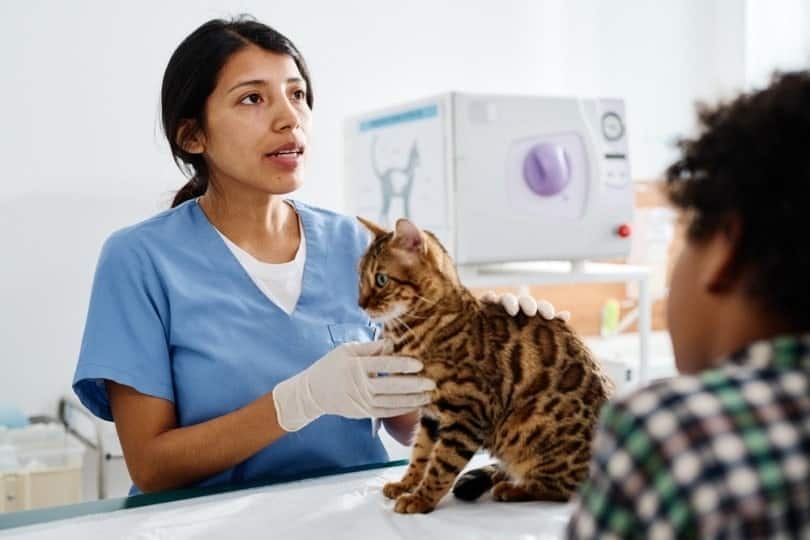
Call Animal Poison Control
Luckily, even though no emergency services are available for cats like 911, you can call poison control in events that your cat has ingested something of concern. In this case, poison control can walk you through the necessary steps you need to take at home and advise you on where to take your cat for examination.
You can sometimes manage certain issues at home, but you will often have to take your cat in for emergency care. However, if you just had a simple question about the safety or consequence of a particular substance, poison control is certainly a fantastic resource to utilize.
If you live in the United States, here are two different pet poison control hotlines you can call for a small fee:
- ASPCA Animal Poison Control – (888) 426-4435
- Pet Poison Helpline – (855) 764-7661
The 6 Reasons for Emergency Vet Visits
There are a plethora of reasons for an emergency vet visit. Here are a few very common occurrences that require immediate attention.
1. Difficult Births
If your cat is delivering a litter of kittens, keeping a close eye on her progress is imperative. If a kitten is lodged, stuck, or obstructing the canal in any way, it can cause a long, difficult birth that can result in injury or death to the kitten and mother.
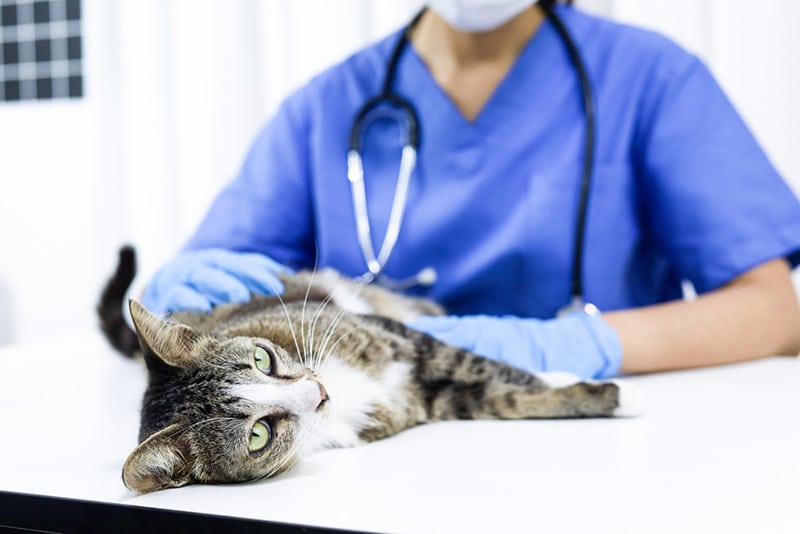
2. Sudden Illness
Several factors could lead to sudden illness in our cats. They could have come into contact with something toxic, or have intractable vomiting or diarrhea, to name a few issues. If this is the case, cats often require medical treatment and medication to improve.
3. Injuries
Our cats can get injured in numerous ways. Often, physical injury requires treatment and even antibiotics to reduce the risk of infection. Even if you think an injury isn’t so bad, cats are very good at hiding illness and might be much worse off than you think. Getting them to the vet as quickly as possible is imperative to begin the healing process.
4. Lack of Appetite
A lack of appetite can mean lots of things for a cat. It can be something extremely serious or a simple fix. Often, the only real way to tell is to perform certain tests to check for underlying health conditions. If your cat goes too long without food or water, they can become emaciated or dehydrated, or their liver may risk shutting down, leading to extreme complications and even death.
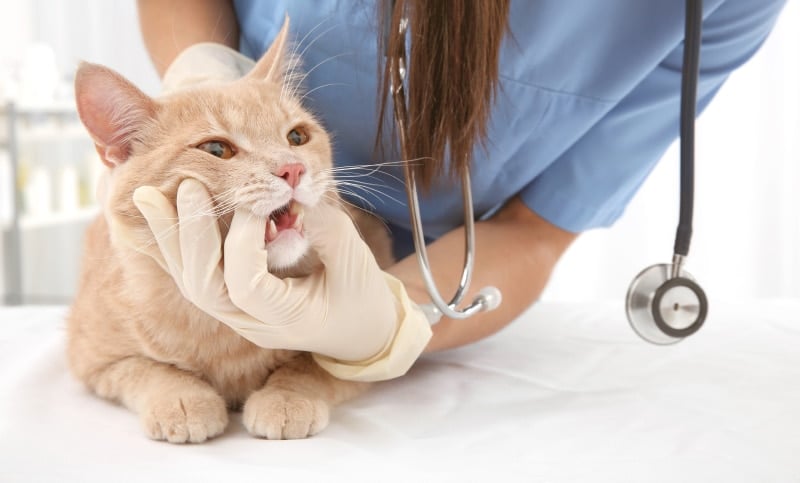
5. Paralysis
If your cat cannot move some or all of their limbs, it’s obviously a cause for immediate concern. Paralysis in cats can come from several factors, from bacterial toxins to trauma to a stroke. It’s really hard to tell why your cat might be paralyzed unless you suspect an underlying reason.
6. Seizures
It can be pretty frightening to watch your cat have a seizure. Some will stare off blankly or have minor twitching, while others will have full body convulsions. Seizures absolutely require veterinary care to investigate potential causes. Seizures can be a standalone genetic condition, or they can stem from another health problem you might not be aware of at the time.
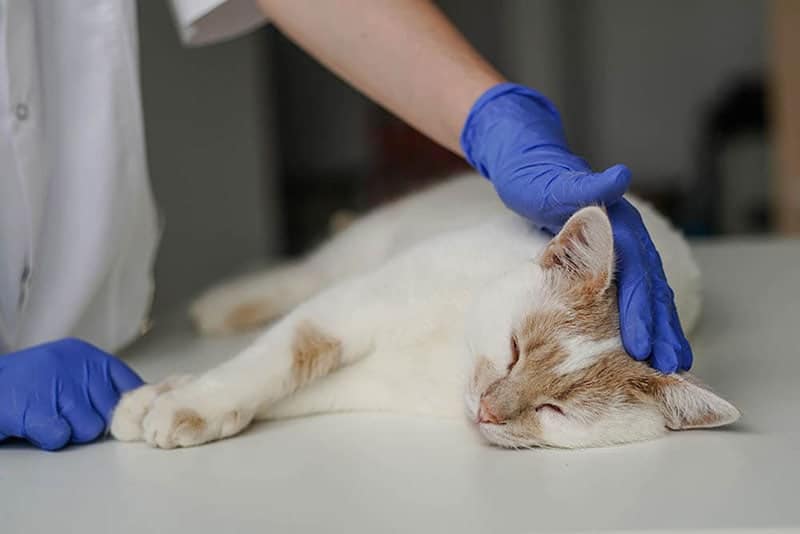
Importance of Pet Insurance
Emergencies are completely plausible for our pets. If you have an emergency, most pet insurance companies will cover any costs this might incur after the deductible is paid. Insurance is becoming a more prevalent option for pet owners as it helps them deal with medical expenses.
If you have to take your animal to an emergency hospital, prices are usually higher than standard veterinary clinics. Having an insurance plan for your pet will give you peace of mind, knowing that you can afford to pay the deductible while the insurance company takes care of the rest.
Some emergencies can be extremely expensive to treat. For example, if your cat has an airway obstruction or is hit by a car, the surgical procedures involved can cost thousands of dollars. Many families find themselves unable to pay, which can cause the loss of a pet far too early.
If you are interested in pet insurance, there are several options on the market. Some of them you can even bundle with your own insurance, permitting you select the same company. While it won’t work for everyone, it’s worth checking out if you want to cover your bases.

Conclusion
So now you understand that 911 is definitely not the number to call if you have a pet in need of emergency care. Before an emergency ever strikes, it’s best to be aware of veterinary hospitals that can see your animal in the event of a time-sensitive issue after-hours.
If your cat is injured during business hours, you can get them to several different veterinarians around you, permitting they take walk-ins. Always call ahead to let them know you are coming, and ensure they are prepared for your cat’s arrival. Always have a game plan; don’t be afraid to check out pet insurance if you think it might benefit you and your animals.
Related Read:
- How Often to Change Your Cat’s Water? Vet-Approved Care Tips
- Do Cats Go Grey as They Age? Vet-Approved Facts & FAQ
- 11 Cat Emergencies That Need Immediate Vet Attention
Featured Image Credit: megaflopp, Shutterstock

